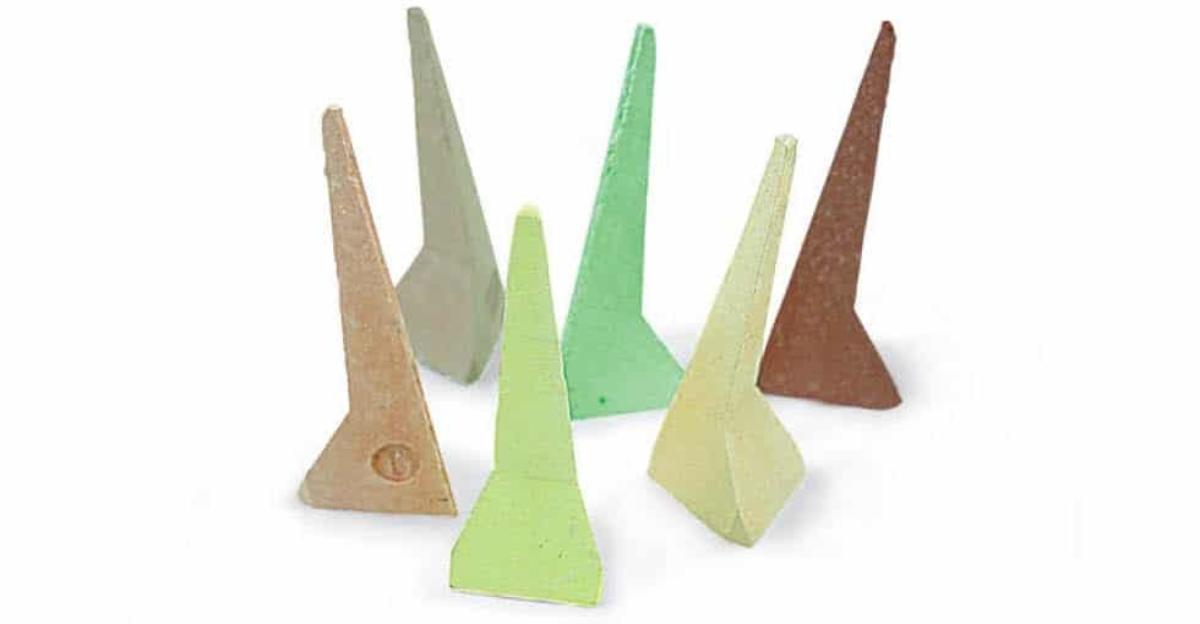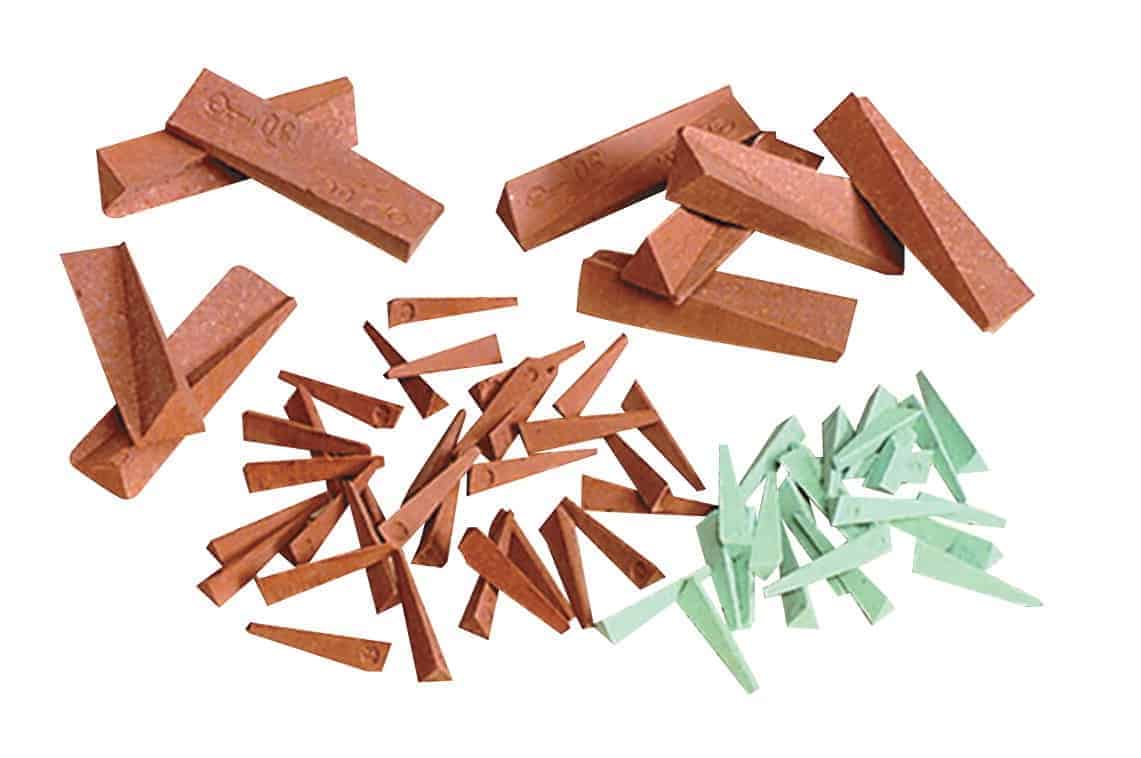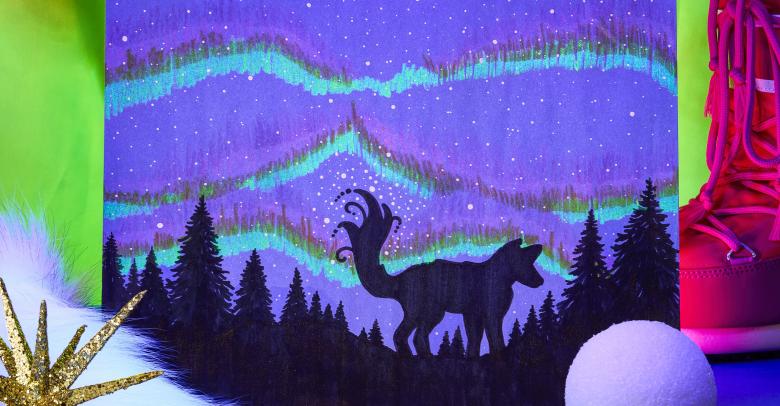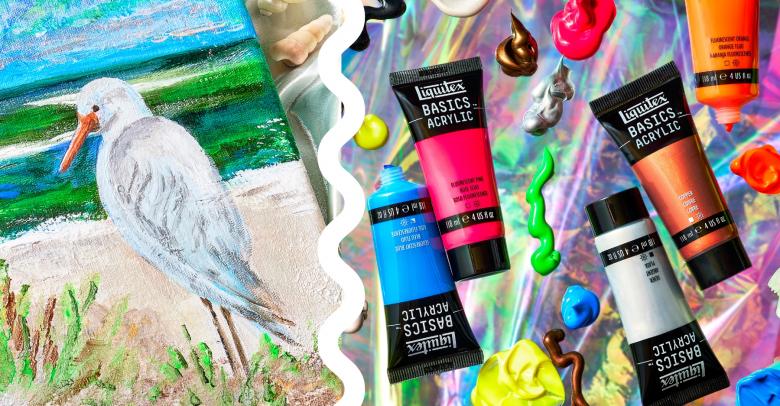By: Eric Orr, MFA Ceramics, Sax Art Consultant
Before the advent of pyrometers and thermocouples, pyrometric cones, composed of measureable, predictable types of clay, determined the temperature inside of ceramic kilns. Actually, pyrometric cones measure the effect of both time and temperature on clay and glaze inside the kiln. This is called “heat work”.
About Cones
Edward Orton Jr. founded the Standard Pyrometric Cone Company in 1896 in order to help the industry monitor and control the firing of ceramic and glass products. Pyrometric cones (pyro = fire, metric = measure) enable the potter to learn the highest temperature the ware in the kiln reached. Pyrometric cones, (the large ones) also serve as a handy diagnostic tool in that, when placed on a top, middle or bottom shelf of a kiln, their amount of maturation or “bend” tells the temperature reached in each section. This can help the kiln operator determine if there are broken elements, the kiln sitter needs adjustment (in older kilns), or there’s an issue with bad relays or the thermocouple (in a digital kiln).
Cones are constructed of the same ceramic materials as classroom clays and glazes, and allow a consistent and repeatable record of your kiln’s firing performance and history—but only if you keep written records of each firing.
Pyrometric cones are engineered to respond to what is called low melt viscosity. Viscosity is the amount of flow or movement in a glaze. High viscosity glazes are stiff, often matte in surface, and do not flow much at high temperatures. Low viscosity glazes are fluid, often shinier, and more likely to flow on the ware. When overfired, they flow off the pot and onto your (hopefully) kiln-washed kiln shelf.
Cones are designed to become “fluid” or bend at set temperatures or cone numbers corresponding to a measured amount of heat work (think time and temperature) acting on the cone in the kiln…whether it is a small cone waiting to bend and shut off a kiln sitter, or a large cone set to bend and signal when a potter needs to cut off the fuel to a gas, wood or electric kiln. Potters set these cones on kiln shelves to be viewed thru either a peep hole or through a pulled-out brick spyhole.
Cones are made to “act like” clays and glazes. They sit almost vertical at 8 degrees and thus, when heated, are able to bend in that direction, thanks to heat and gravity. A properly fired shelf cone is bent so the cone tip is touching the base on which it sits. Under fired, it is merely leaning, when overfired, it becomes a puddle.
Cone Numbering System
As for the numbering of cones…there is much confusion so, RUN FOR COVER….its higher math! And negative (like) numbers… but nothing to be afraid of. Let me explain:
Let’s put temperatures we fire clay and glazes to in a vertical list: For potters, cone 10 or about 2350 degrees Fahrenheit would be at the top of the list. (Yes, potters often go hotter, but not so much in a school situation). Cone 10 and hotter is for your nice holiday porcelain, etc.
Below cone 10 would be cone 9, or approx. 2300 degrees. Next would be cone 8 or about 2280 degrees.
We would continue our list down the page to cone 1, or about 2080 degrees. Here is where we then, (kind of) go into negative number territory. We now start the numbers in ascending order, but put a zero in front of each cone number and say the “oh”. Thus, the next cone on our list, and one cooler than cone 1 is cone 01, called vocally “OH ONE”. This cone matures at about 2046 degrees Fahrenheit, forty or so degrees cooler than cone 1.
We now continue down our list. The numbers are now getting larger, but have a 0 in front of them, so temperatures are still declining. We go to cone 04 (say oh four) NOT FOUR! Look familiar? It is 1945 degrees and is standard school bisque fire temperature. Low fire glazes fire at 05 or 06. Mid-range glazes fire at cone 6—approximately 2232 degrees. This is NOT to be confused with “OH SIX” or 06…which is 1828 degrees.
It’s assumed the scale was started by Mr. Orton when the industry used cone one and higher cones for their industrial applications. Hobby glazes, enamels and metallic glazes came along in the mid-20th century. In response, Mr. Orton added zeroes in front of the cooler glazes to have a continuous scale.
The ceramic industry goes hotter for spark plugs and toilets, and space shuttle insulation, etc. probably goes to cone 42 or about 3659 degrees! MUY CALIENTE!
For studio or school use, you can easily make your own cone pats by placing three cones in a coil or pad of wet clay. Say for instance that I am glaze-firing my pots that I bisque fired to cone 04 (say oh four) or 1945 degrees. If I am firing my glaze to cone 05 (say oh five, please!), I will place a large cone 05 in the middle of the pat of clay; it is leaning 8 degrees to the left. This 05 cone is my firing cone. To its left, I place a guide cone 06. To the right of the middle or 05 cone, I place a cone 04. It is the guard cone.
TEST TIME!
Which cone will bend first…which has the lower number? Good, you said the 06, which has a six in it, but you are BRILLIANT and know it is an “oh six”, so it is actually a cooler cone than the “oh five” or “oh four”. So, give yourself a gold star, and get ready to fire.
Dry the cone pat thoroughly and place it on a shelf near the middle of the kiln. Make sure you can see it through the peep hole (a pot or post behind it helps you see it later when it’s glowing orange in the kiln). Be sure to wear welders or very dark glasses when you do this or you could damage your eyes.
When the guide (or 06) starts to bend, check the kiln often. After it bends, the firing 05 cone will start to bend. When its tip is almost touching the pat or base, your kiln should be close to your desired 05 temperature. (Approx. 1888 degrees). The guard (or 04 cone) will have started to bend. Shut off your kiln.
Cones are a handy predictive, operational and diagnostic tool for determining heat work in your ceramic kiln…..and nothing to undertake an Edvard Munch “Scream” about!
Let us know if you questions in the comments below.
If you are interested in an art education workshop or professional development with Eric Orr or our other Sax Art Consultants, please contact us at SaxArts@schoolspecialty.com.







[…] + View More Here […]